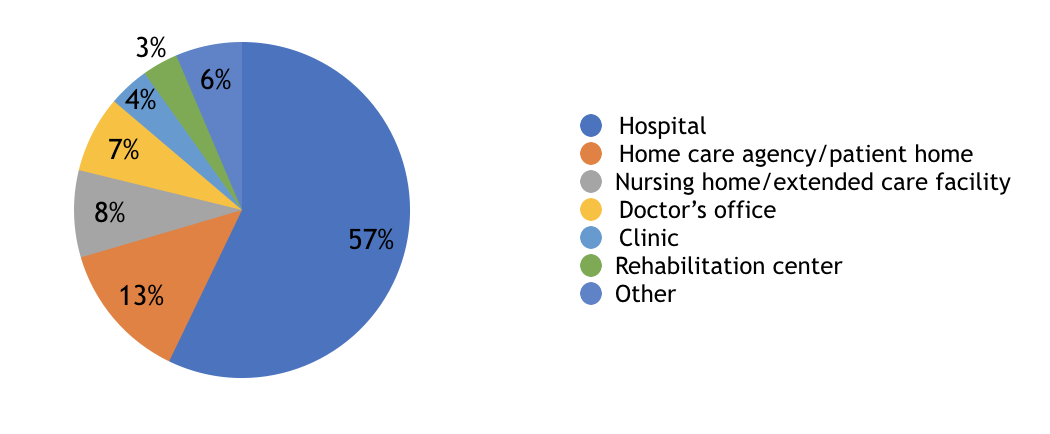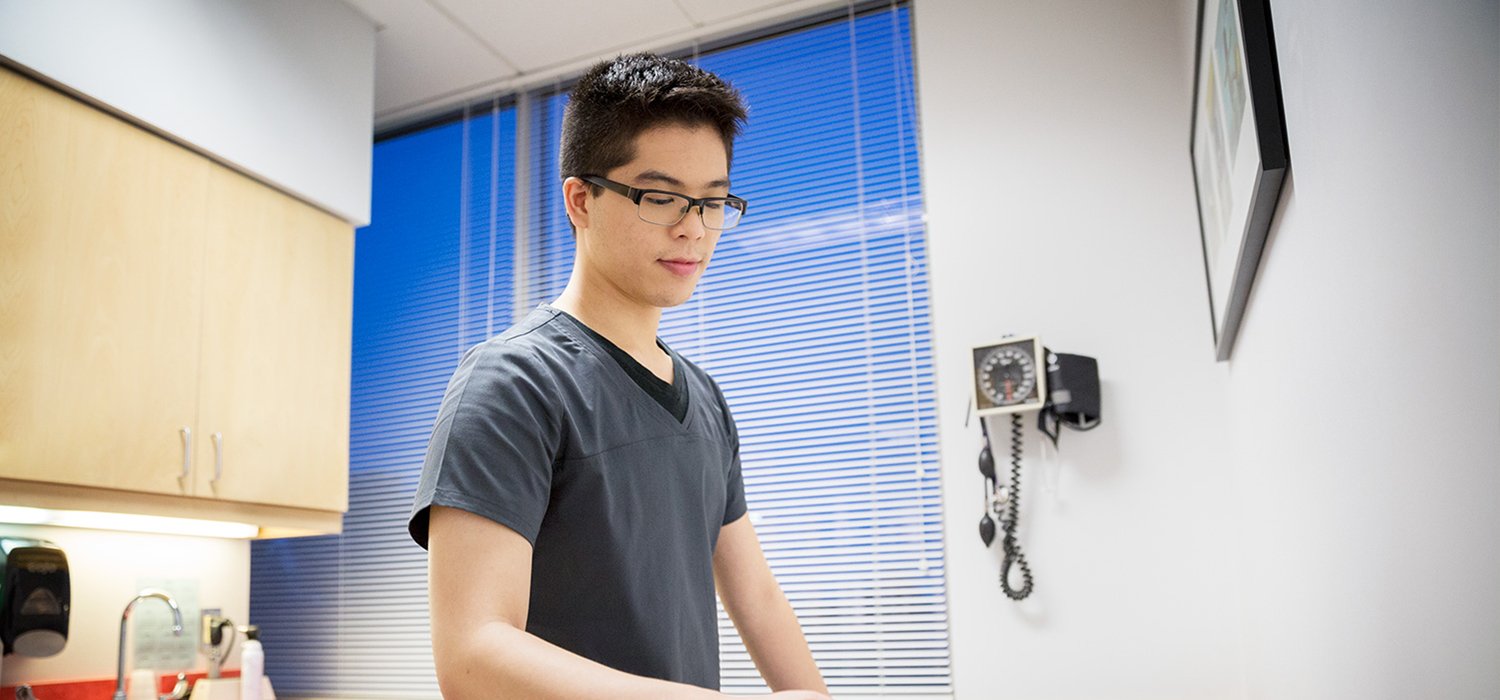We are passionate about keeping our materials and certifications relevant and meaningful to help empower allied health professionals to reach their career goals, and ultimately, help them provide better care. Before we made the recent updates to NHA's Certified Patient Care Technician/Assistant (CPCT/A) exam, we spoke to employers and current patient care technicians, and would like to share some of the information and insights we discovered. Knowledge is power, and we hope this information will help you — whether you have patient care technicians on your team or are helping guide future patient care technicians on their educational journey.
What do Patient Care Technicians do?
Patient care technicians (PCTs) — also called patient care associates — tend to ill and injured individuals and assist with critical day-to-day care. They primarily work under the supervision of a nurse but may occasionally work under the supervision of a provider such as a physician.
Typical duties performed by a PCT include:
- Providing basic patient care (bathing, feeding, catheter care) and accommodating the special needs of patients
- Acquiring, distributing and administering patient care supplies
- Collecting laboratory specimens
- Performing safety checks and ensuring cleanliness in patient rooms
- Monitoring and recording vital signs/changes in patient health
- Performing EKG and phlebotomy procedures
- Providing emotional support to patients and families, particularly coping with grief and death
Where do Patient Care Technicians work?
According to our survey, Patient Care Technicians most often work in hospitals, followed by home care agencies and then nursing homes. Check out the chart below to see the breakdown.

What does Patient Care Technician training look like?
Training for a PCT can vary. Most hospital training programs are typically between 2-3 months, while community colleges and vocational programs are between 7 months and 2 years.
To help with certification, along with our updated exam, we also released new study materials including practice exams, interactive gaming activities, enhanced digital flashcards and more! To learn more about these valuable resources and make them available to your patient care technicians, go to nhanow.com.
What are employers looking for in Patient Care Technicians?
The employers we surveyed listed the skills they valued most in PCTs, and the skills they felt PCTs had an opportunity to develop (charted below). Focus on training your patient care technicians in these areas.
 Review the rest of the PCT research in our industry publication, access™.
Review the rest of the PCT research in our industry publication, access™.
What current trends can we expect to see continue in this profession?
There are two key trends we don't see changing in the near future: Stacking credentials and an increase in responsibilities.
Stacking credentials can help give allied health professionals an advantage when it comes to starting and growing their careers. NHA Certification Holders most commonly stack the following credentials with CPCT/A:
- CPT
- CET
- CCMA
Stacking credentials can also help insure employees are equipped to handle a variety of tasks — which is great considering 37% of the employers we surveyed indicated the level of responsibility for patient care technicians is increasing.
For more information, click the links below —
Explore the benefits of the CPCT/A Credential for your
Patient Care Technicians/Assistants.






